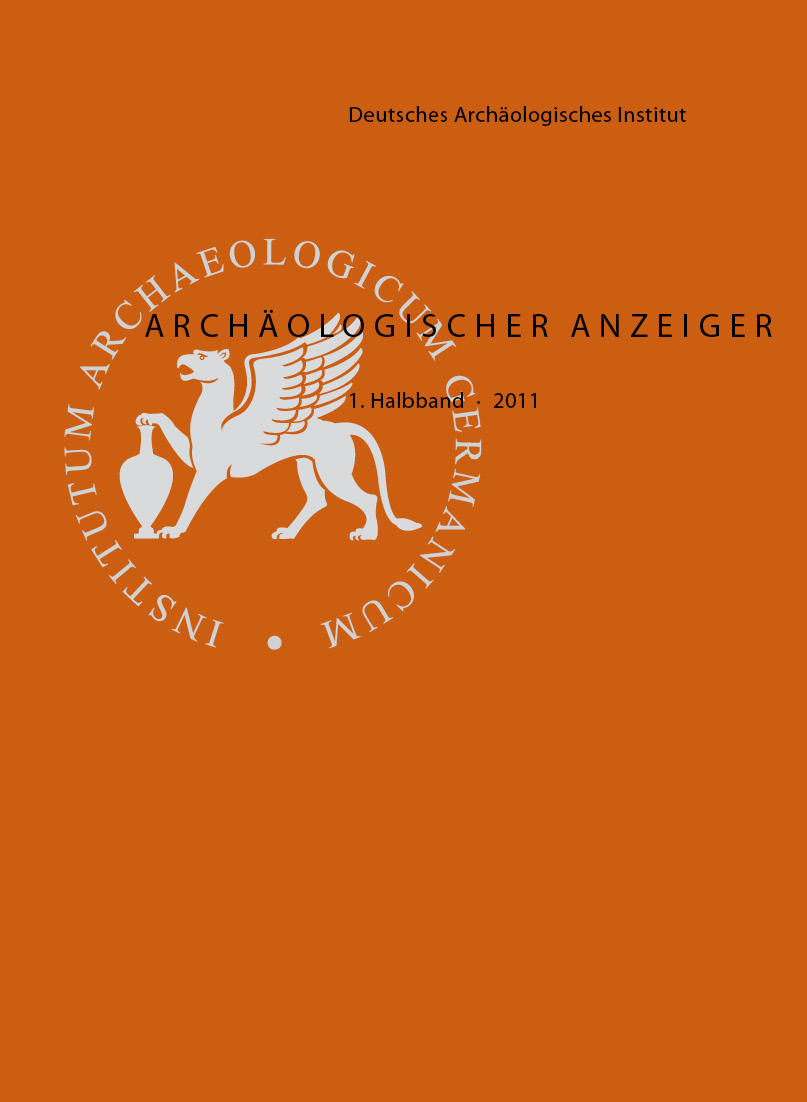Athens as civitas libera. The Calendar Frieze on the Little Metropolis
https://doi.org/10.34780/1fcb-kv0b
Abstract
The calendar frieze which was built into the Little Metropolis as a spolia was carved in the 1st century B.C. and not – as O. Palagia assumes – in the middle of the Roman Imperial period. Late Hellenistic Athens did belong to the Imperium Romanum but here the city emphasizes its autonomy with pileus (8) and vindicta (38). Liberation from the Persians is remembered, too, as the wind god Boreas (24) shows us with blowing mouth the akrostolion of an eastern ship (cf. the contribution of O. Höckmann). The month of Gamelion (15) was named after the marriage of Zeus and Hera. The figure of the bridegroom was dropped when the spolia was built into the church. The bride (17) is attended by Hesperos (16), who carries the sceptre for Hera. He rides the goat, a star of the northern hemisphere, at whose udder Zeus had suckled as a child.
Keywords: Athens • festivals • months • pileus • vindicta • Boreas • Hesperos
Keywords:
Athen, Feste, Monate, pileus, vindicta, Boreas, Hesperos


